A colleague asked me recently: when would you/do you use a 24-70mm lens?
Here’s when: always.
That is to say: the 24-70 range is the most versatile range. Any type of portrait can be made in that lens range. Other lenses are great too, but none offer the versatility of a 24-70 on a full frame camera.
Here’s a recent simple portrait setup in a small room. This was intended for family pictures (the occasion was a Bat Mitzvah celebration):
You can see:
- A backdrop with a narrow white background paper roll
- Two 400 Ws Bowens studio lights with umbrellas
- A speedlight with a Honl speed strap and a Honl Photo 1/4″ Grid fitted to it
- All lights are fired via Pocketwizards
I used a Canon 1Ds Mark 3 camera with the 24-70 f/2.8 lens set to f/8.
This gives me 50mm portraits:
And another one – where I ran out of space:
This lens also gives me the ability to take 65mm portraits like this:
Can you see these are closer up?
Photographers often say “you need 85mm or longer”. As a blanket statement this is nonsense. Plus, for much longer lenses I would have needed a larger room.
Now a few notes.
- In all my numbers, I am taking about “real” lens length. If a lens is marked “50mm” or “24-70mm” this means “this lens is a 50mm lens or a 24-70 mm lens on a full frame camera”, i.e. on a camera whose sensor is the same size as a negative.
- On a crop camera, a lens “behaves longer” proportional to the crop. So on a small Nikon camera (1.5 cop), a 50mm lens behaves like a 75mm lens, and a 24-70 like a 36-105. On Canon, the crop factor is 1.6. Still in the range!
- You can use a 50mm fixed lens (or a 35mm fixed lens on a crop camera) to get this same 50mm effect. Affordable, small, and great quality.
I hope note 3 in particular inspires you to go get a prime lens or two.
For me, I also have a Canon 1D, with a 1.3 crop, and guess what? The 50mm is like a 65mm on that camera.
So I can put the 50 on the 1Ds to get 50, or on the 1D to get 65. Who needs zooms? Yes, the 24-70 is my lens of choice for these portraits, but sometimes it is nice to not zoom, and to work with one length instead.

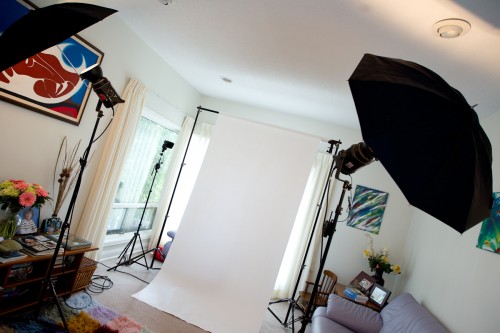
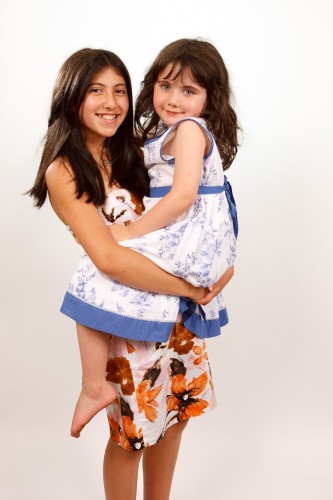
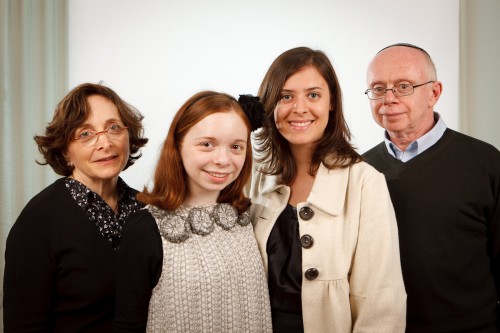
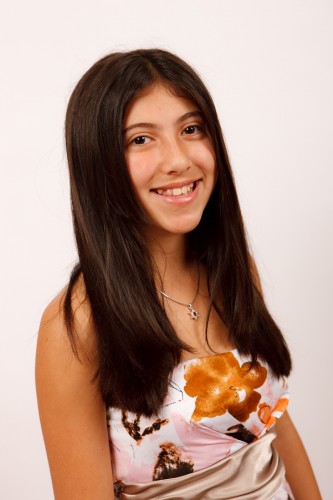
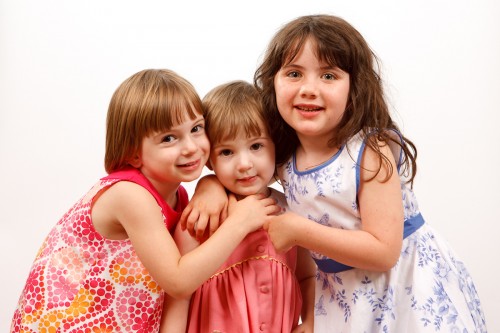
Michael,
I have a few questions; I just purchased a studio lighting kit similar to your example. I notice you have two black umbrella’s my kit has a black/silver and an all white umbrella.
1. Is having a white umbrella less effective or because its like a starter kit the manufacture is giving the photographer option.
2. Can the white umbrella be turned around and have the strobe facing your subject and shoot through the umbrella, or would you need a transparent umbrella?
The white umbrella is exactly for that purpose: to shoot through. I’ll dedicate a post to this soon!